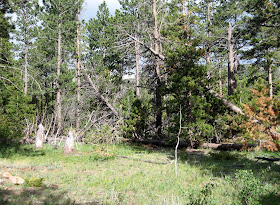Hi everyone,
Well, it's been a crazy 2 weeks. Laptop hard drive failed, vehicle coolant system problems, 60mph winds, wildfires everywhere, bears waking me up every few nights. It hasn't been dull, that's for sure!
Laptop and vehicle issues are now fixed, so it's back to blogging finally! I plan to write a full blog post (along with pictures) detailing my first 30 days living in a wilderness "bugout" situation later this week. I will also be posting several new edged-tool reviews, including the Fiskars X15 Chopping Axe, Puma Bowie Knife, Bear Grylls Ultimate Fine Edged Survival Knife, and the Husqvarna Forest Axe. These will be followed by our massive "Made in the USA" wilderness gear article that I've been working on for several months.
So lots of good things going on, provided I don't have to evacuate from one of the many wildfires that seem to be springing up around here lately!
Cheers,
Jason
Well, it's been a crazy 2 weeks. Laptop hard drive failed, vehicle coolant system problems, 60mph winds, wildfires everywhere, bears waking me up every few nights. It hasn't been dull, that's for sure!
Laptop and vehicle issues are now fixed, so it's back to blogging finally! I plan to write a full blog post (along with pictures) detailing my first 30 days living in a wilderness "bugout" situation later this week. I will also be posting several new edged-tool reviews, including the Fiskars X15 Chopping Axe, Puma Bowie Knife, Bear Grylls Ultimate Fine Edged Survival Knife, and the Husqvarna Forest Axe. These will be followed by our massive "Made in the USA" wilderness gear article that I've been working on for several months.
So lots of good things going on, provided I don't have to evacuate from one of the many wildfires that seem to be springing up around here lately!
Cheers,
Jason






















